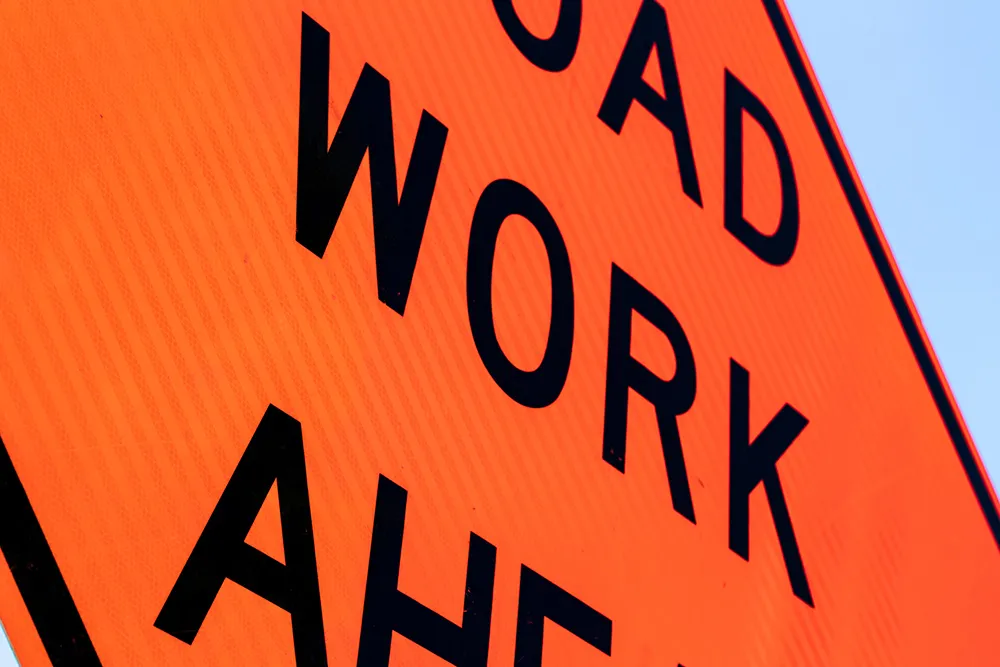Iteris is one of three firms selected to provide traffic design and operations training services to the US National Highway Institute (NHI).
Under the five-year indefinite delivery/indefinite quantity (IDIQ) contract, awarded by the Federal Highway Administration (FHWA), fixed price task orders will be issued for the development, update and delivery of instructor-led and distance learning courses covering transportation operations.
The National Highway Institute (NHI) plays a vital role in the FHWA’s
December 20, 2013
Read time: 2 mins
Under the five-year indefinite delivery/indefinite quantity (IDIQ) contract, awarded by the
The National Highway Institute (NHI) plays a vital role in the FHWA’s effort to provide education and training in transportation management, including topics such as highway and bridge planning, engineering, safety, design, relocation, acquisition, construction, maintenance, contract administration, quality control, inspection activities and environmental adherence. The instructional courses are provided for federal, state and local highway and transportation agencies located within the United States.
“Our selection by NHI for this prestigious IDIQ contract reflects our continued leadership in the transportation industry and we truly appreciate the confidence afforded to us by FHWA,” said Abbas Mohaddes, president and CEO of Iteris. “We have a tremendous track record of developing and conducting training courses that utilise advanced learning and instructional system design techniques. After several years of supporting both FHWA and NHI highway safety and traffic operations training programs, we believe Iteris has developed an excellent approach in methods and practices to deliver information that is applicable and readily available to practitioners.”









